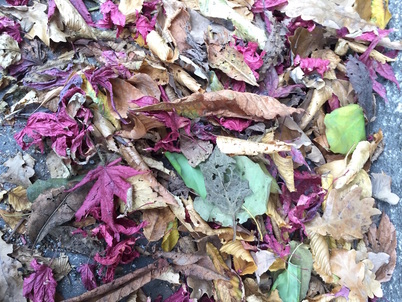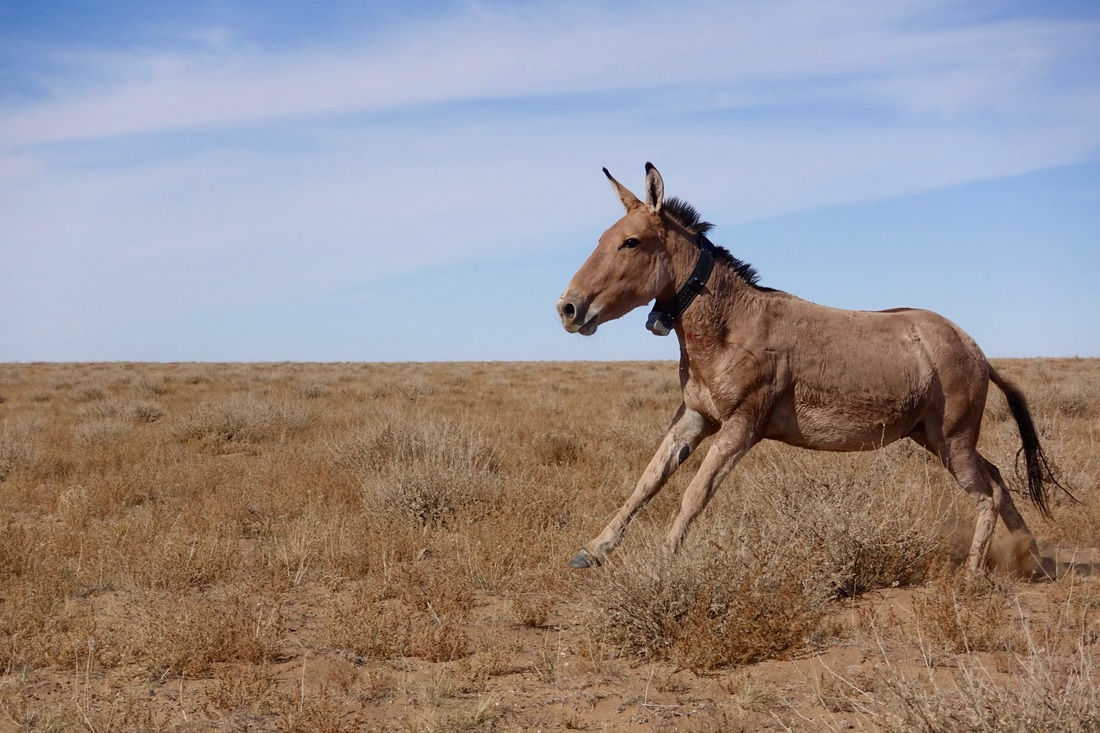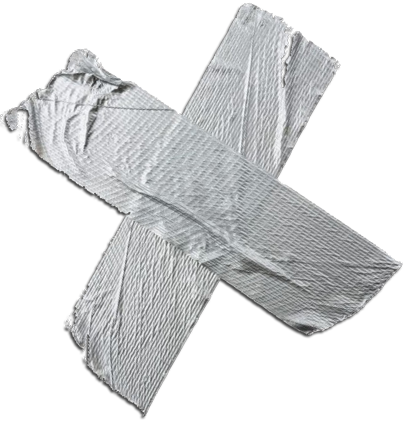|
We’ve just returned from some bear health work here in Austria, and I was once again struck by the simultaneous affection and awe that care-takers carry for their charges. In spite of the day-to-day familiarity that they understandably maintain with an animal under their care, they are nonetheless wordlessly compelled to approach with reverence when the animal slumbers under the effects of anaesthesia. There is an almost mystical moment when they lay a hand upon the creature that they have seen/fed/talked to daily but have never been able to touch. A moment of corporeal connection.
Be it a bear or a bluebird, an oak or an orange tree, an iceberg or an ocean, most people have a sense of connection to some element of the natural world. This is the unseen sticky stuff that holds the world together. The invisible tendrils that gently but inexorably fasten us to everything else on the planet. Connectivity is the premise for worldwide webs- both real and virtual. Connectivity refers not only to physical connections, which are obviously crucial for environmental integrity, reproductive success, and evolutionary process, but also to less tangible (yet nonetheless fundamental) connections that persist and blindly bind together global elements. Each of us maintains connections to a person, place, or purpose. We weave ourselves into the world’s web. What connections stir you… and how do you sustain or cultivate them? pk During the past two weeks I have been in the south Gobi capturing and collaring Khulan. We last collared animals within our project “Khulan meets road – Impact of mining related infrastructure development on Mongolian Wild Ass in the Gobi” (for more details see: http://tinyurl.com/p4zn4gs ) in 2013, so it was time to replace collars. All trips to this pretty remote area amount to small expeditions based either in a mining camp (very comfy!) or we moving around and pitching our tents every night. That being said, times have really changed since I first travelled and worked here more than 15 years ago. Due to the expansion of mining activities the area has seen quite some development – GSM cell phone coverage in many areas, shops filled with a selection of wines (really!) petrol availability not a problem. I was actually surprised that they were not offering café lattes instead of the traditional Mongolian milk tea (Suutei tsai) in Khanbogd. The collaring went surprisingly well. As we had to comply with new safety regulations imposed by the funding organisation we were unable to use our trusty Russian UAZ 469 jeeps (no airbags amongst a myriad of other short-comings) and had to resort to Toyota landcruisers 105. I must admit (grudgingly) that the Toyotas proved reliable and certainly far more comfortable. The first batch of 11 animals were collared close to the mine and the respective road. We used the mine’s infrastructure for the nights and this was invaluable as most members of the team, myself included, were suffering from serious colds and sleeping out in the field would have seriously aggravated our health status (thanks to the doc at the mine’s clinic for treatment and drugs). We then moved eastwards and collared another 10 animals in just two days. For the capture we used our well-established chase method which I have previously described in detail here: http://tinyurl.com/p9e39zr In summary, a really good and highly efficient field trip. Thanks to all members of the team for your dedication, support and most importantly good humour.
Chris Just pondering what the most important bits and pieces are for expeditions to remote areas. Especially in vehicle-based expeditions we travel with a (too?) large selection of electronic devices and comfort-enhancing gear but it is often the very simple stuff that is most important and saves the day. Here is part one of my selection:
Duct tape (also know as duck tape): it's usefulness no longer needs to be proven. On Apollo 13 it saved the astronaut's lives after an explosion had damaged the CO2 scrubbers and a few years later on the moon during the Apollo 17 mission it was used to repair the moon buggy's fender ( a must see at the National Air and Space Museum in Washington). More recently on Mars large quantities of grey duct tape were used to seal The Hab. Best in my opinion is the standard silvery gray tape. Note that this tape cannot be removed without trace. If removal is important, use gaffer tape which is designed to be cleanly removed. Chris |
PK, Chris & FriendsPeriodic musings Archives
June 2019
Categories |




 RSS Feed
RSS Feed